What we know so far
Rumors that Marc Guehi has said yes to a Liverpool transfer are running ahead of the facts. The message from Crystal Palace is calm and consistent: there is no agreement. Manager Oliver Glasner has told reporters more than once that a deal is not in place, and people around the club say a sale is unlikely without a ready-made replacement already lined up.
Here’s the state of play. Reports in England indicate Liverpool tested Palace’s stance with an offer in the region of £35 million for the England defender. Palace, who value him far higher after his strong season and impressive tournament performances, are holding firm. The club’s position reflects both football logic and market reality. Palace lost a key attacker earlier in the window and don’t want another cornerstone walking out unless they can control the timing.
Fans also noticed a subtle “hint” from Ibrahima Konate on social media and read it as a nudge toward Anfield for Guehi. That kind of breadcrumb often lights up the rumor mill, but at this stage it’s just that—noise. There’s no sign of a medical, no announcement planned, and no agreement between the clubs.
Guehi remains central to Palace’s plans. He has worn the armband at times, he’s a leader in the back line, and he fits the way Glasner wants the team to defend—quick across the ground, comfortable stepping into midfield, and reliable one-on-one. From Palace’s side, cashing in without a replacement would invite risk, both in the league table and in the dressing room.
- Palace stance: no deal in place and reluctant sellers
- Indicative bid: around £35m reported; below Palace valuation
- Liverpool interest: real, but no breakthrough
- Konate “hint”: sparked talk, not a confirmation
From Liverpool’s perspective, the interest makes sense. Arne Slot wants a defensive group that can play higher, press, and recover space fast. Guehi’s profile ticks those boxes. He’s Premier League-proven, he’s steady under pressure, and he rarely dives into rash challenges. The appeal is obvious if you look at Liverpool’s recent defensive dips against counterattacks and set plays. A composed, aerially strong center-back who can carry the ball is exactly the type of addition that shortens the gap in tight games.
Why the deal is complicated
This is not a simple tug-of-war over price. There are a few layers here. First, timing. If Palace sell now, they need to buy now. Finding an equal-caliber center-back at short notice is difficult and expensive, especially with selling clubs sensing urgency. Palace have recruitment targets, but prying a starter out of a top European league in the final weeks of a window is a headache.
Second, valuation. After a standout season and solid international displays, Guehi is not a £35m player in today’s market. Comparable Premier League center-backs with age on their side and England caps have moved for fees that can double that number when add-ons are included. Palace are justified in asking a premium: he’s in his prime trajectory, he knows the league, and he strengthens a direct rival’s back line.
Third, squad planning. Palace are building around a core that balances experience and resale potential. Selling two high-impact stars in one summer would test the project’s stability. The club’s hierarchy know supporters will accept one big sale if it funds smart reinvestment. Two? That’s a harder sell, especially when the manager has finally found a structure that works.
Fourth, the wider market. Top-tier center-backs are scarce this window. Clubs across England and Europe are looking for the same profile—quick, aggressive, comfortable on the ball. When supply is tight, prices inflate, negotiations drag, and selling clubs dig in until deadlines force movement.
For Liverpool, the question is strategy. How far do they push before pivoting to other targets? The recruitment team has been linked with ball-playing defenders in Germany and Portugal over the past year, and those conversations don’t disappear. If the numbers on Guehi climb into a zone the club considers inefficient, they can switch lanes and bid for someone with a lower fee or a more favorable release clause. That’s how they’ve handled similar situations before.
Another moving part is the player’s contract horizon. Palace have worked to protect value on key assets, and Guehi has not been running down a short-term deal. That gives Palace leverage. They can say no now, re-evaluate in a future window, and still command a serious fee—especially if he keeps performing at the same level.
There’s also the football fit at Palace. Under Glasner, Palace have tightened up without turning passive. Guehi’s calm body shape when defending the box, and his crisp passing into midfield, make him a culture carrier for that system. Take him out and you don’t just lose a defender—you lose a pattern. Replacing patterns takes time on the training pitch, not just money.
What about the Konate angle? This is where modern transfers get murky. Players follow each other online, drop emojis, or comment on posts, and the whole thing catches fire. Sometimes it’s meaningful. Most of the time, it’s not. If there was a concrete step—like a medical spotted, an agreement leaked by multiple reliable outlets, or a club official briefing on background—you’d see a very different tone from both sides. Instead, you’re getting firmness from Palace and caution from reporters.
So what would need to change? A few scenarios could move the needle:
- Palace secure a top target at center-back, reducing risk and softening their stance.
- Liverpool return with a significantly improved offer, including add-ons that reflect performance and longevity.
- The player makes it clear he wants the move now, and all parties work on an amicable solution—still not easy, but it can accelerate talks.
- An unexpected bid from another big club raises the market and forces decisions sooner.
Until then, the most likely outcome is stalemate. Liverpool like the player, the player has admirers across the league, and Palace are doing what well-run clubs do: protect value and control the timing of big exits. The number attached to Liverpool’s initial feeler doesn’t change that dynamic. If anything, it hardens it, because it tells Palace the market is watching and they were right to hold the line.
For Liverpool supporters hungry for a new center-back, it’s worth keeping one eye on alternatives. The club has scouted left-footed options who can step into midfield zones, as well as right-sided defenders who can cover wide spaces behind an attacking full-back. Those profiles align with how Slot’s teams build attacks and defend transitions. If negotiations for Guehi stall beyond a certain point, don’t be surprised if momentum swings to one of those names.
And for Palace supporters, the logic is simple. Selling a leader from a stable back four only makes sense if the next man is already in the building. The league doesn’t wait while you shop. Given how hard it is to buy center-backs with Premier League readiness, holding firm now and revisiting the market later is a defensible strategy.
Strip away the noise, and you’re left with a clear picture. Liverpool’s interest is real. Palace’s resistance is real. Social hints are just hints. Unless a replacement appears for Palace or the bid level changes dramatically, talk of Guehi to Liverpool stays just that—talk.
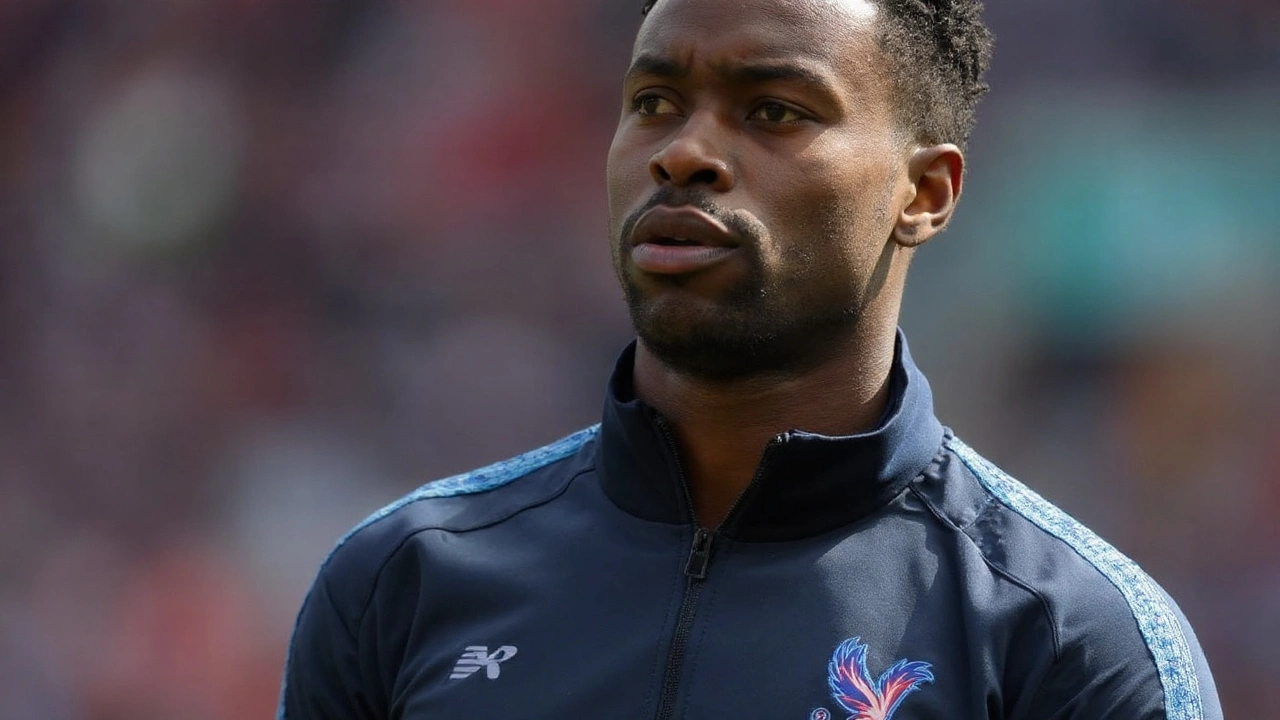

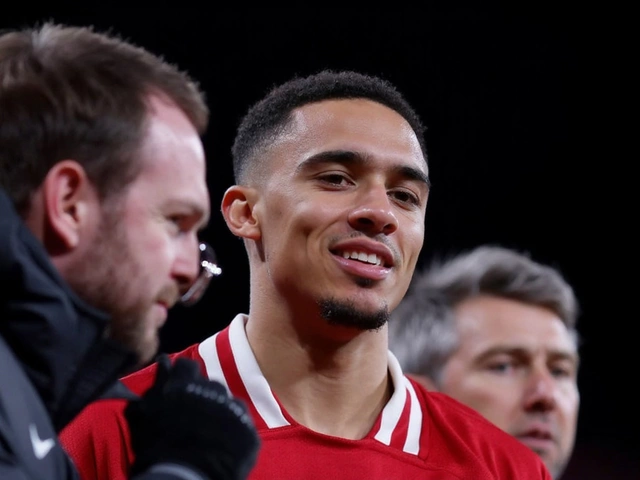
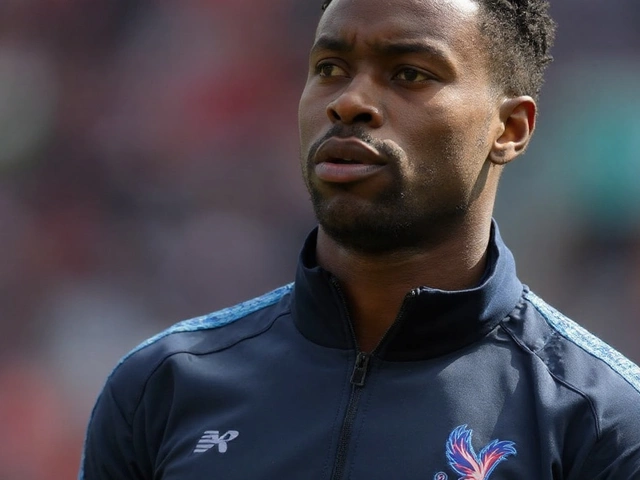
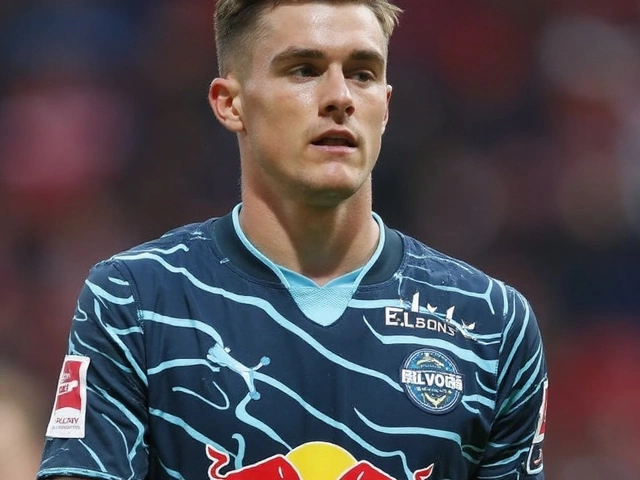
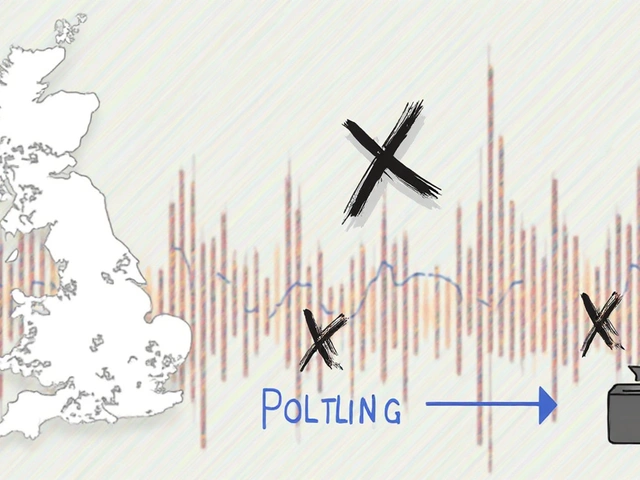
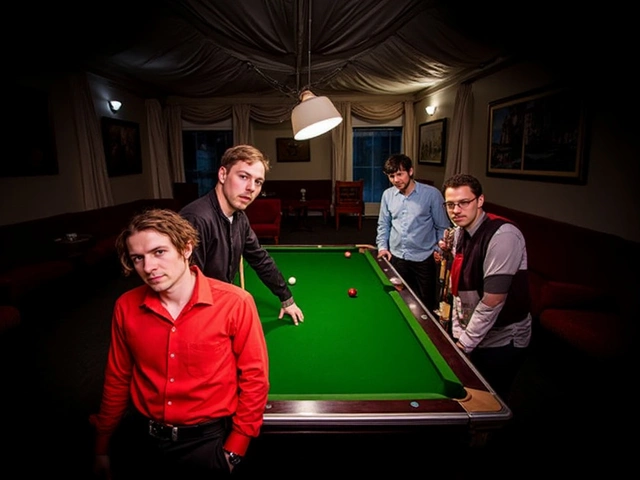

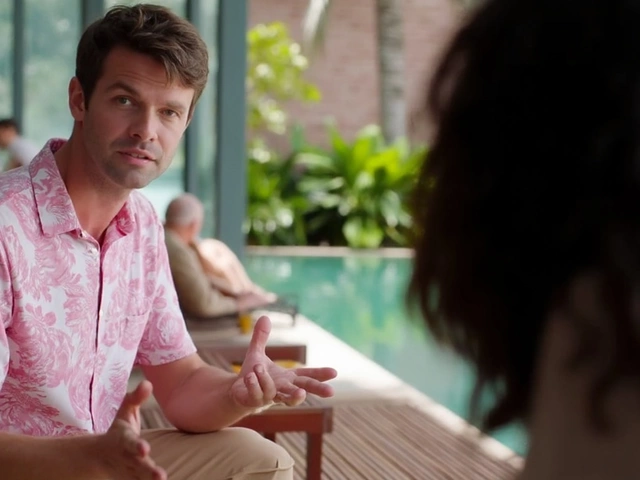
Write a comment